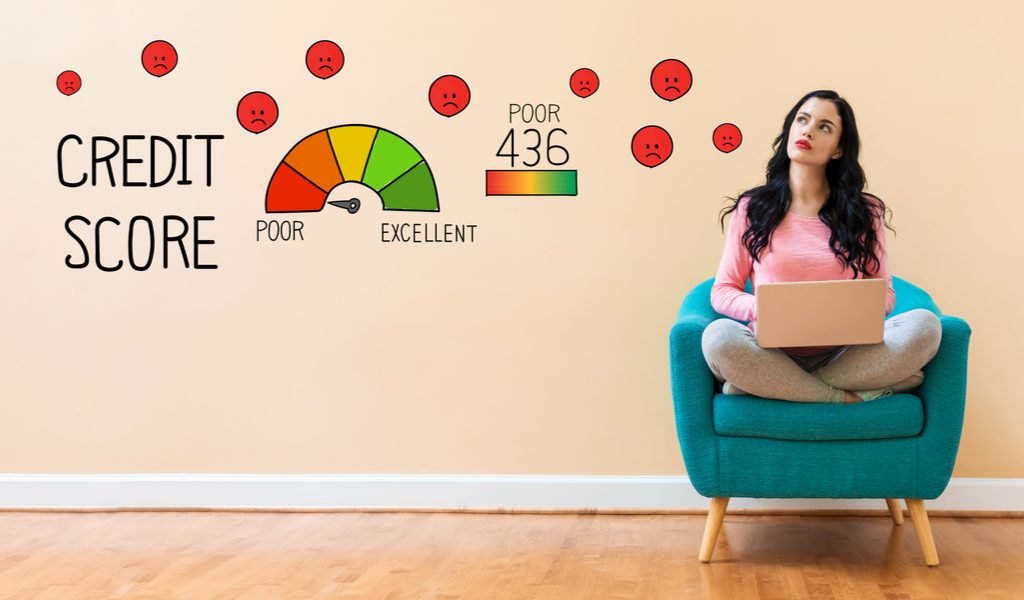If you are wondering if having bad credit would be a hindrance if you want to refinance your mortgage, you aren’t wrong. But that doesn’t mean it’s impossible. In fact, it’s far less of a problem nowadays, with government provisioned programs and private lending than it used to be. Borrowing or refinancing, even with bad credit, doesn’t have to be a big deal if you know the right approach to it.

1. Approach a Friendly Source
The first person you should be looking at asking should be your existing lender. Since you already have some history with them, it could be easier to get them to understand your situation. If you are friendly with someone working at the bank, try to get a referral from them as this helps build a relationship of trust. You may even be able to get a new loan to clear off previous loans that you owe to the same bank.
2. Refinance with FHA
If you are an existing FHA borrower, you can benefit through the FHA Streamline Refinance Program, regardless of whether you have bad credit. Although you won’t be able to secure cash refinancing, it can help lower your monthly installments permanently if you refinance within three years of your current loan.
3. Originate A New Loan from FHA Rate-And-Term Refinance
The FHA rate-and-term, similar to the FHA Streamline Refinance Program, is also not a cash-out. But, again, you can get a reduction on the monthly installment payments on your house indefinitely.
4. Consider a VA Refinance
If you are eligible for a VA mortgage, up to 100% of your property’s value can be refinanced with a hassle-free Interest Rate Reduction Refinance Loan (IRRRL).

5. Consider a Portfolio Loan
Those with bad credit may have to seek out unconventional methods of acquiring loans, and a “portfolio loan” could be the solution to your problem. A portfolio loan is a type of mortgage that is offered by brokers whose standard lending requirements are different from that of banks. These lenders are more open to giving smaller loans in order to bulk up their portfolios.
6. Get a Cosigner with Good Credit
One of the best options you have to obtain a loan is to get a cosigner who has reliable credit. This will help strengthen your standing in front of the above-discussed entities. Banks and lenders will feel more comfortable putting themselves at risk if they know a reliable source is available as security.
7. Set a Goal of Improving Your Credit
If none of the options discussed above are suitable for you, don’t panic. You may have bad credit today but it’s not going to last forever. You need to make up your mind and start working towards improving your credit standing so that these will not be an issue in the future. Here are some steps you can take to achieve this goal.
– Make a budget, track your income and expenses.
– Avoid unnecessary spending. Keep in mind that every penny matters.
– Check your annual credit reports for unauthorized charges, factual errors, or even possible frauds.
– Be smart about paying off your monthly bills. Make list from smallest to largest and strike them off one by one at the beginning of the month. This helps minimize surcharges and maximize savings.
– Save! This is the best way to get a better financial standing. Try and put away as much as you can every month, even if it is as small as $10 per week. That’s around $520 per year! This amount can help you pay off your credit or refinance your mortgage.



